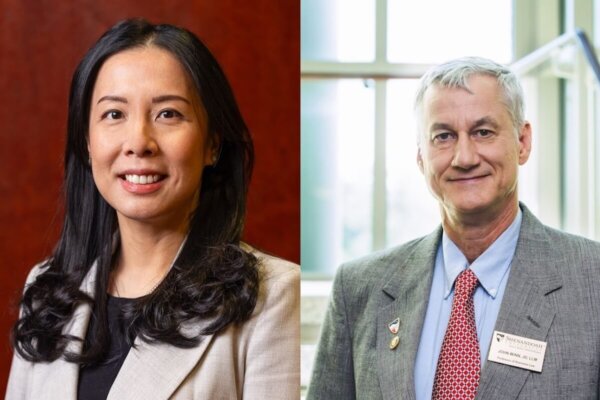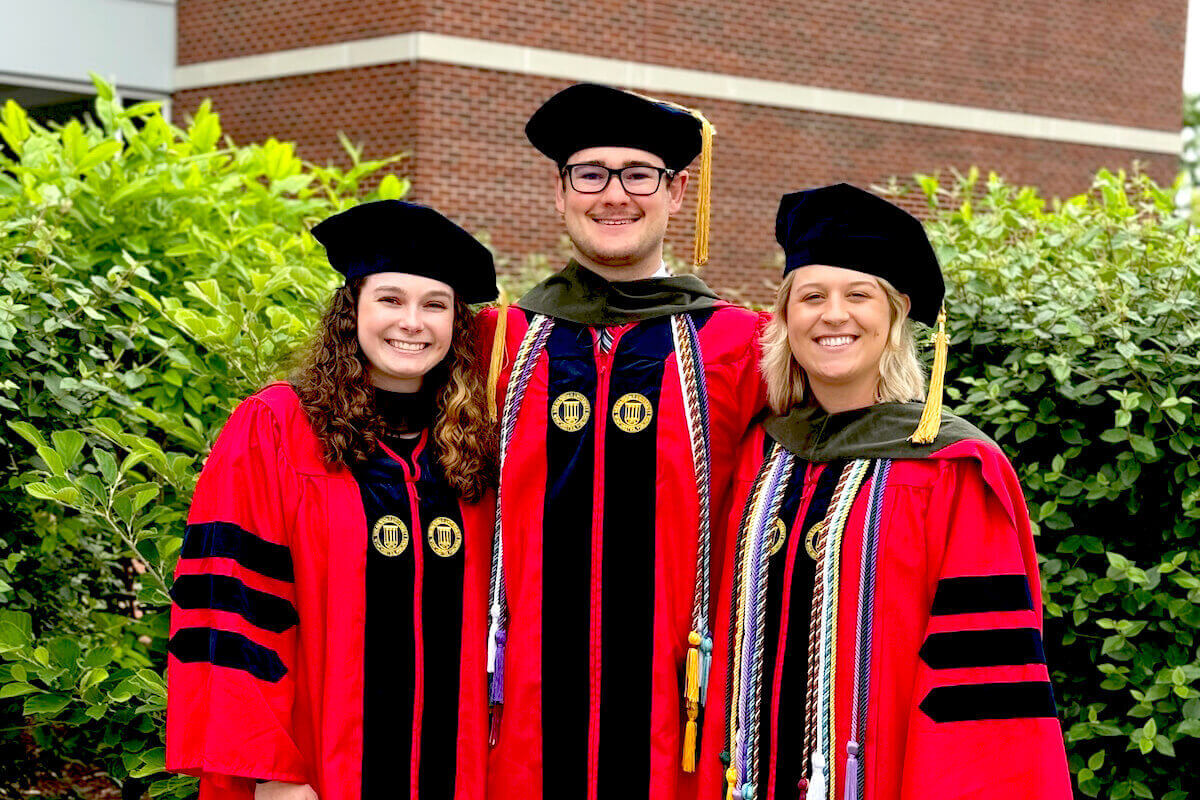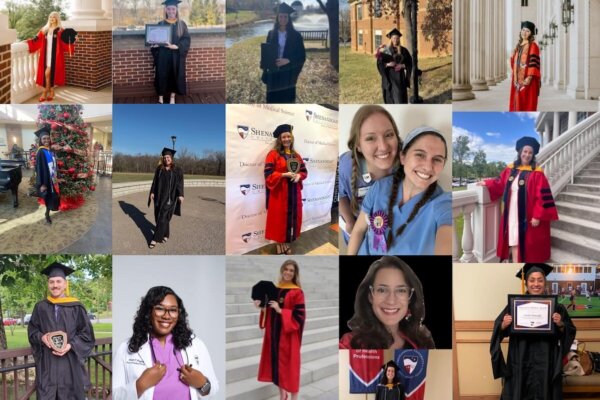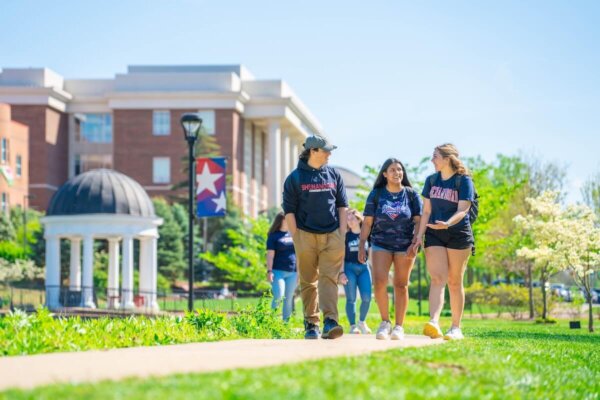A Commitment To Diversity
Shenandoah Among Colleges With Largest Growth In Underrepresented Minorities

According to The Chronicle of Higher Education, Shenandoah University was one of the top four-year colleges in the U.S. with the biggest increase in the percentage of underrepresented minority students from 2010 to 2016.
Underrepresented minorities are considered Hispanic/Latino, African American and American Indian/Alaska Native.
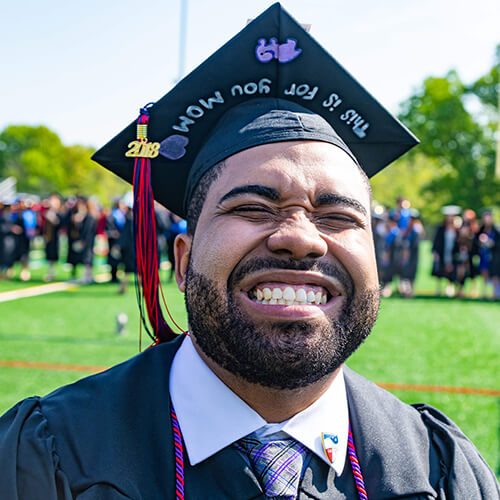 A Nov. 11 article in The Chronicle shows that Shenandoah was ranked 18th in the country among private nonprofit doctoral institutions for its increase in these minorities. From 2010 to 2016, Shenandoah’s underrepresented minorities grew 5.9 percent—from 13.6 percent of the student population in 2010 to 19.5 percent in 2016.
A Nov. 11 article in The Chronicle shows that Shenandoah was ranked 18th in the country among private nonprofit doctoral institutions for its increase in these minorities. From 2010 to 2016, Shenandoah’s underrepresented minorities grew 5.9 percent—from 13.6 percent of the student population in 2010 to 19.5 percent in 2016.
In 2016, Shenandoah’s total enrollment was 3,918.
Shenandoah is strategically creating a world-class learning environment with a clear commitment to inclusion and diversity. We must not only welcome students who come from underrepresented backgrounds, we must also create a place where they can thrive.”
Maggie McCampbell-Lien | Mosaic Center Director and Director of Inclusion and Diversity at Shenandoah
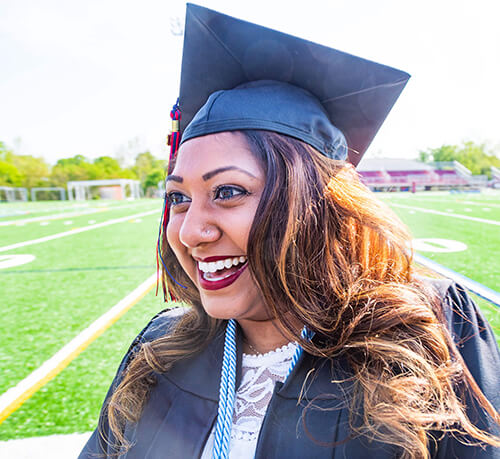 For many of the schools on the list, the increase in these underrepresented minorities is driven by the increase in Hispanic student enrollment. Hispanic students currently make up 5 percent of the student body at Shenandoah.
For many of the schools on the list, the increase in these underrepresented minorities is driven by the increase in Hispanic student enrollment. Hispanic students currently make up 5 percent of the student body at Shenandoah.
McCampbell-Lien said that for students who identify as Hispanic, places like the Mosaic Center for Diversity provide a space for culture to be celebrated. Students can come to Shenandoah and see Hispanic Heritage Month celebrations happening in September and October. There is also a student group called Estudiantes Unidos (Students United) and an opportunity to mentor Latinx students at a local high school.
There are also non-Hispanic groups, like the Black Student Union and Men United for Excellence, which works with men of color to help with their success in college.
My hope is that this celebration of our underrepresented students becomes an unquestionable part of Shenandoah’s culture.”
She added that although it is exciting that Shenandoah is experiencing an increase in students of color, it’s important to remember that racial minority groups are still underrepresented on campus.
We must continue to create an environment that welcomes students from all racial backgrounds and sets them up for success when they arrive. As students who haven’t historically had access to college begin to gain access, it is our responsibility to keep up with that growth. It’s exciting, and it makes us better.”
